"Neurotypical" is a rare film among documentaries about autism. It relates the experiences of this neurological condition from the point of view of autistics themselves. Via the worlds of 4-year-old Violet, teenager Nicholas and middle-aged wife and mother Paula, along with provocative interviews with other autistics, the film recounts the challenges they face living among “normal” people—whom many of them call “neurotypicals.”
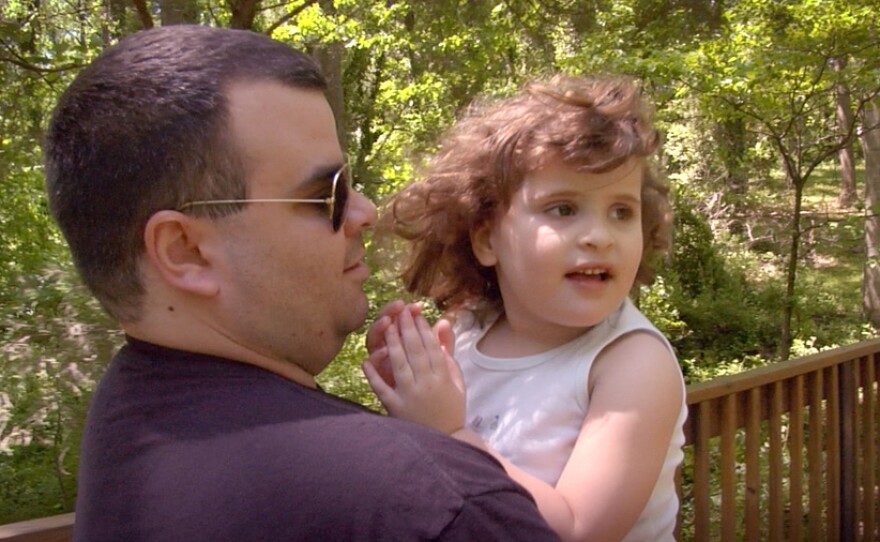
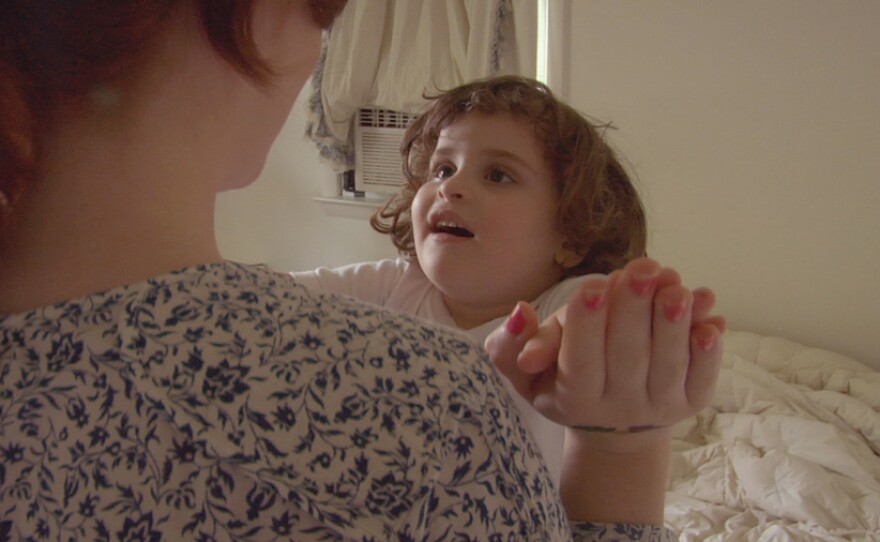
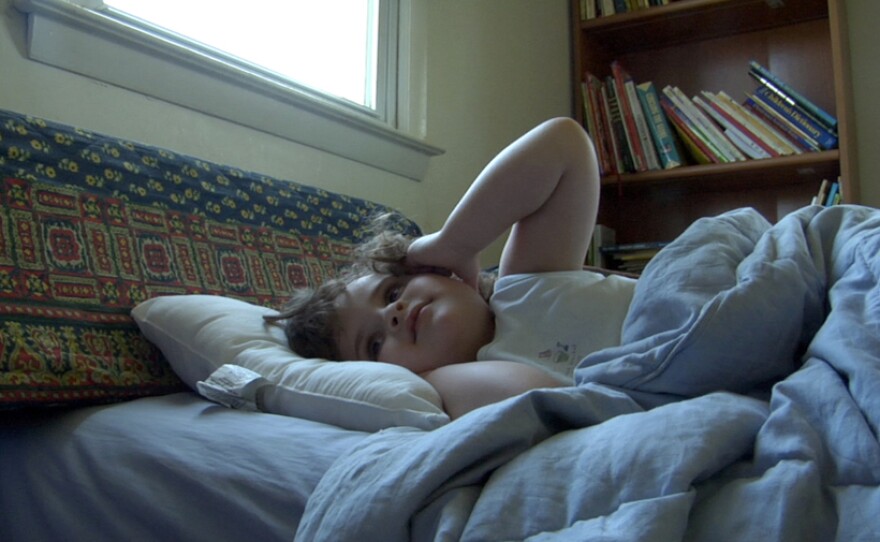
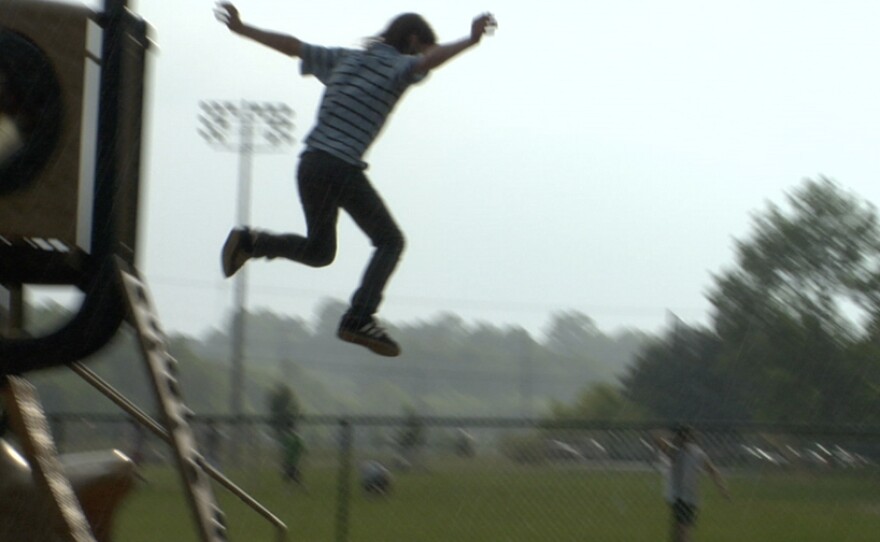
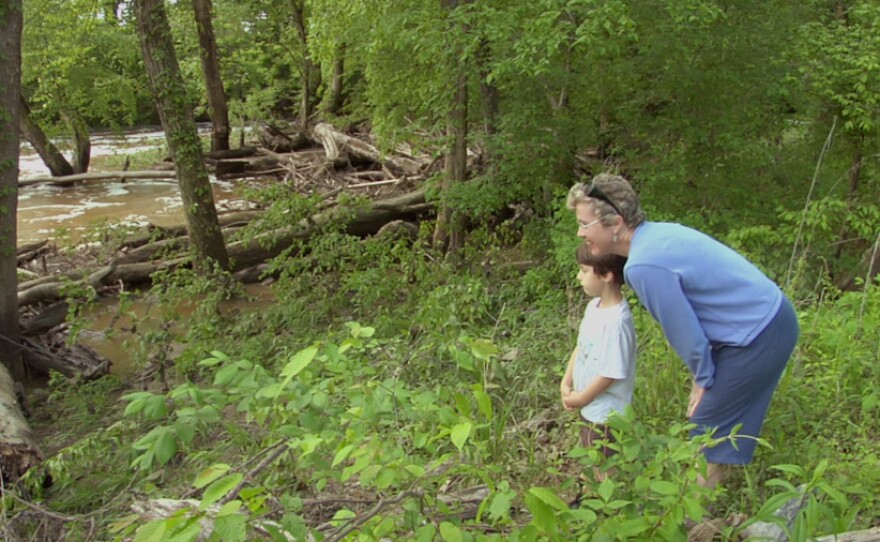
Filmmaker's Quote
“'Neurotypical' originated in the shared experiences of my family and the autistic community in western North Carolina,” says director Adam Larsen. “My father has worked in the field of autism for more than 20 years; my mother is an artist. Today they design and manufacture learning materials for children and adults with special needs."
“I began to feel a growing rebellion against what I saw as society’s double standard—either a pervasive need to make people into a rendition of something ‘normal,’ or a tendency to sensationalize the extremes of autism. Documentaries at the time were either clinical, focused on cause and cure, or dramatic, looking at the ‘tragedy’ of autism or the brilliance of the savant."
“I grew determined to make a film from the viewpoint of autistics. Making 'Neurotypical' provided a wonderful opportunity for me to explore more fully the richness of humanity and to bring the concept of neurodiversity into the mainstream.”
But the film goes further, revealing the wide spectrum of autism and the creative adaptations people use to “pass” in the normal world. It throws a searching, often comic light on what defines the “normal” mind and calls attention to the subject of neurodiversity as an urgent and multi-layered issue within the 21st-century civil rights debate. Autistics have hardly ever been heard like this. Says one, “I look at neurotypical life and I’m sorry, I really don’t want to be one of you.”
Adam Larsen’s "Neurotypical," filmed predominately in North Carolina and Virginia, opens with an innocent scene: two little girls playing at a river’s edge, kicking and splashing the water with the wonder of very young children. When it’s time to go home, one of the girls, Violet, begins to cry and resist. It’s quickly apparent that her distress goes beyond a typical childhood temper tantrum.
Violet is autistic, and, at 4 years old, she is unable to communicate her desires clearly. When she’s feeling good, her energy is limitless. “She just wants to keep going, keep exploring forever,” says her father. “She’s a mystery.”
Her parents look for ways to make Violet’s life happy and fulfilling. But they wrestle with questions most parents never have to ask: Will the label of autism limit their daughter’s potential? Should they begin going down the road of medicating her or not?
Shy and uncommunicative, 14-year-old Nicholas might seem the typical American teen, complete with hoodie, skateboard, guitar and video games. But he struggles with feelings of alienation that go beyond the usual teenage angst, leaving him as distant from his peers as he is from his family.
He wrestles especially hard with an inability to relate to girls, the ones he considers nice no less than the ones he sees as mean. His condition has had great impact on the lives of his brother, who longs for a more predictable playmate, and his parents, who accept his idiosyncrasies yet worry about his ability to grow and live independently and happily.
Articulate and outgoing, Paula was diagnosed with autism as an adult after she read an article on the subject. Enlightened by this self-awareness, she begins to assess her life through a new lens and discovers a new community of people with whom she can relate and find meaning.
The interviews in "Neurotypical" add eye-opening commentary to the stories of Violet, Nicholas and Paula. In one, middle-aged autism advocate Wolf avows that romance is impossible because it involves so much innuendo and hinting—exactly the kind of non-verbal cues and body language autistics have so much trouble reading. He’s perfectly happy without physical intimacy because of his extreme sensitivity to touch.
Yet Maddi, a senior in high school, desires a relationship. “Just because Temple Grandin doesn’t do it, doesn’t mean it doesn’t happen,” she deadpans, referring to perhaps the most famous individual with autism, whose autobiography was one of the first windows into the autistic experience.
Twenty-something Katie describes teaching herself how to engage in small talk because it is an important means of connecting with others in a neurotypical world. “I thought that the reason people made small talk . . . ‘It’s a nice day today’ . . . was because they had nothing interesting to think about inside their heads,” she says. “I just didn’t see the point in carrying on a conversation when . . . this person was being really rude, interrupting my thought process. I had interesting things going on up here!”
Thirty-something John, who with his long hair looks like he could be an older version of 14-year-old Nicholas, talks about his difficulties following conversations. To compensate, he’s learned two simple tricks—say someone’s name as often as possible, because “a person’s own name is their favorite word in the whole wide world,” and repeat the last three or four words of whatever the person says. “It works like magic,” John declares. “They’ll go on for hours, and they will talk about you as if you were the greatest thing next to the iPhone.” The result is that he has a reputation for being a good listener and has also succeeded on the romantic front.
Testimony like this from the other side of the neural divide raises the film’s central questions. Just what is “normal” for the human mind? Should the many and varied aspects of autism be considered signs of dysfunction or insights into a broader understanding of what it is to be human? "Neurotypical" is a revelatory portrait of a not-uncommon and little-understood state of being that questions the fundamentals of human perception.
POV is on Facebook, and you can follow @povdocs on Twitter.
Neurotypical - Trailer
"A 4-year-old
"Neurotypical: What Is "Normal?"
"In this deleted scene from 'Neurotypical
Neurotypical: Don't Be Normal
"Wolf describes watching the "Jungle Book" as a child."
Neurotypical: Improving People
Maddi's experience with learning to look people in the eye when she is speaking to them.
Neurotypical: Everyone Has Differences
Kevin and Suzanne discuss their different personalities.
Neurotypical: Negotiating the World
Vijay discusses the importance of not judging a person solely on the basis of their medical conditions.
Neurotypical: Creating Systems
Wolf explains how he constructs systems in order to live in the neurotypical world.





